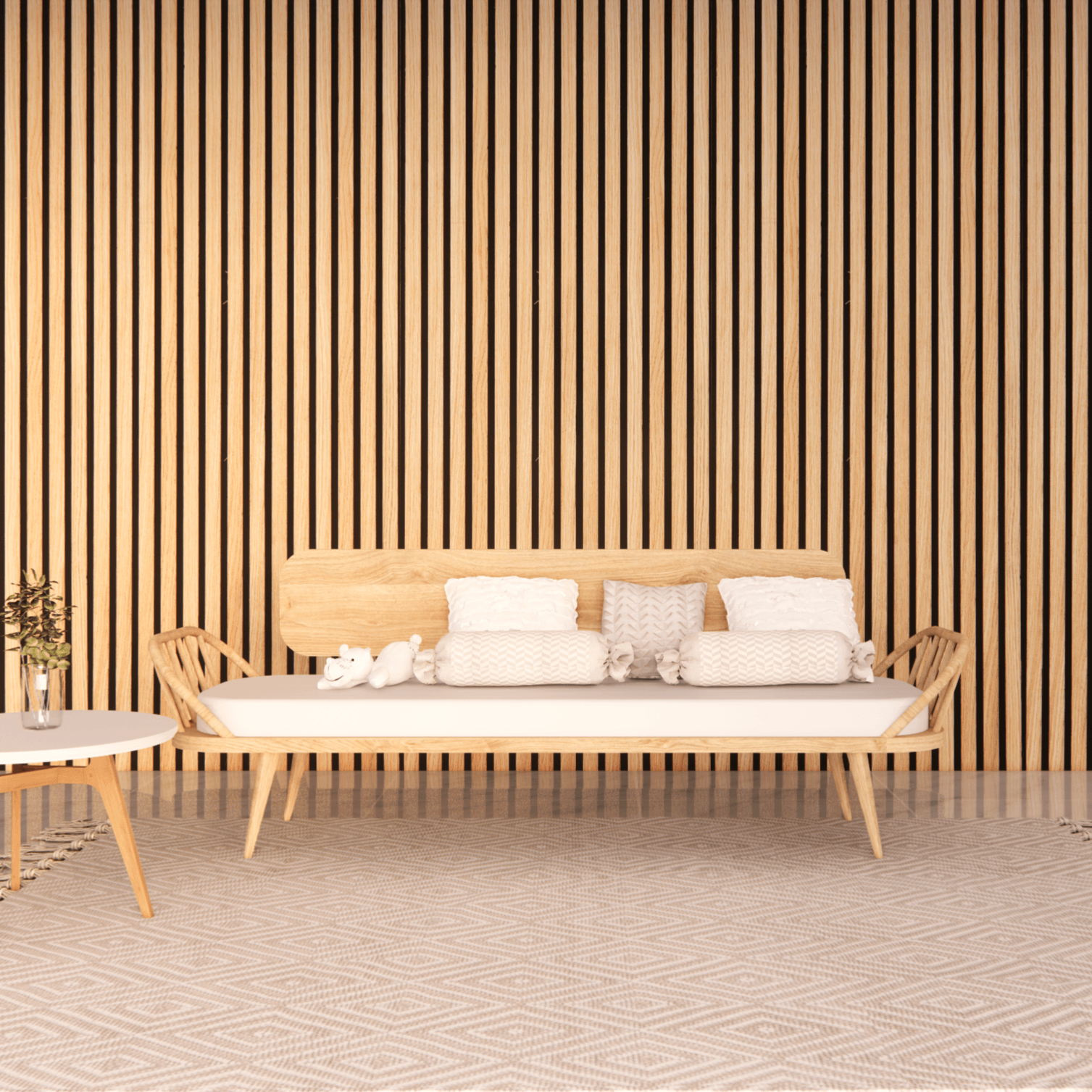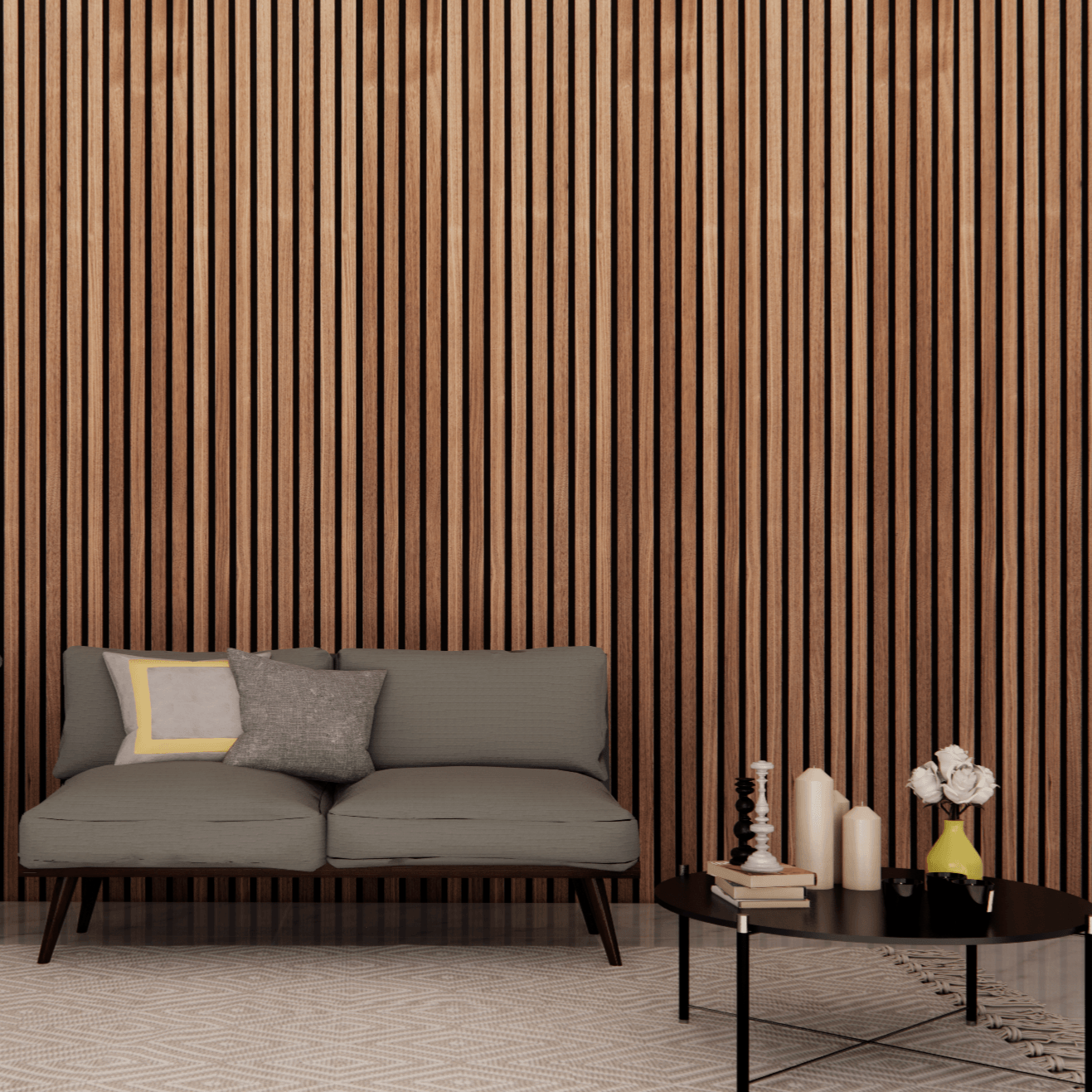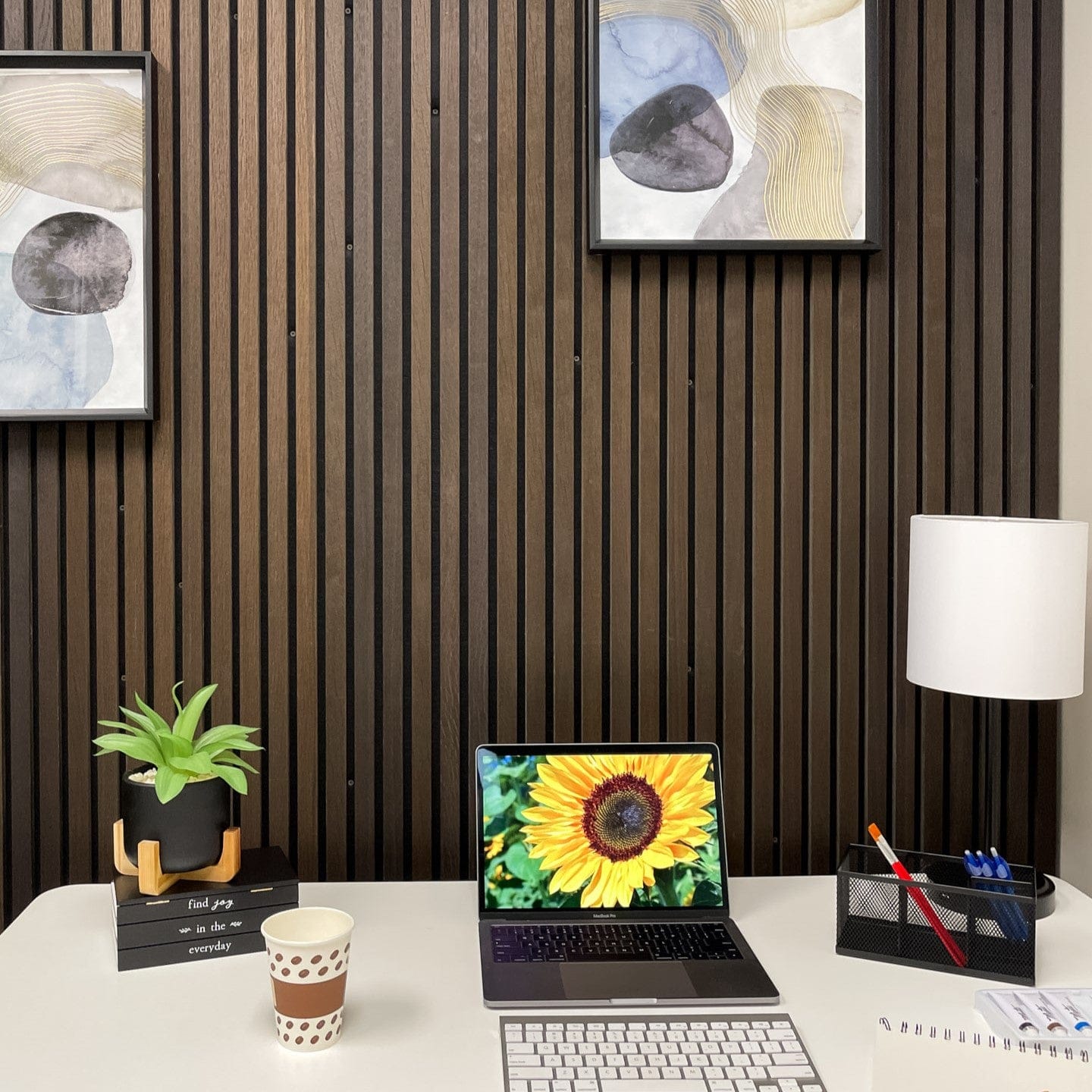Understanding the Benefits of Wood Paneling
If you're looking to add some character and warmth to your home decor, wood paneling is definitely worth considering. There are many reasons why you should consider adding wood paneling to your walls. Let's examine some of the key benefits:
Aesthetic Appeal
The natural beauty of wood grain adds warmth and depth to any room. From sleek and modern to rustic and traditional, wood paneling can be used to achieve a wide range of design styles. You can choose from a variety of wood types, including oak, maple, cherry, and pine, each with its unique characteristics and color variations. You can also choose from different paneling styles, such as tongue-and-groove, shiplap, or beadboard, to create the perfect look for your space.
Wood paneling is also versatile in terms of color and finish. You can leave it natural for a more organic look, or stain it to match your existing decor. You can also paint it in any color you like, from bold and vibrant to soft and muted.
Durability and Longevity
Wood is a durable material that can withstand wear and tear over time. Additionally, it can last for decades if it's installed properly and maintained correctly. Unlike drywall or plaster, wood paneling doesn't crack or chip easily, making it a great choice for high-traffic areas like hallways and entryways.
Wood paneling is also resistant to moisture and humidity, which can cause other materials to warp or rot. This makes it a great choice for bathrooms, kitchens, and other areas where moisture is a concern.
Insulation and Energy Efficiency
Wood paneling provides an additional layer of insulation, which can help to regulate the temperature of your home and reduce your energy bills. This is because wood has natural insulating properties that can help to keep your home warm in the winter and cool in the summer. In fact, wood paneling can be up to three times more energy-efficient than other wall materials.
Additionally, wood paneling can help to reduce noise levels in your home. The thickness of the wood can help to absorb sound, making your home quieter and more peaceful.
Easy Maintenance
Wood paneling requires little maintenance beyond occasional dusting or wiping down with a damp cloth. It's an ideal choice for homeowners who want to enhance their walls without the hassle of high-maintenance materials. Unlike wallpaper or paint, wood paneling doesn't fade or peel over time, so you won't have to worry about touching it up or repainting it.
Overall, wood paneling is a great choice for anyone looking to add warmth, character, and durability to their home decor. Whether you're renovating an old home or building a new one, wood paneling is a timeless and versatile choice that will stand the test of time.
Types of Wood Paneling for Interior Walls
When it comes to wood paneling, there are several different options to choose from. Each type of wood paneling has its own unique characteristics and benefits. Let's take a closer look:
Solid Wood Panels
As the name suggests, solid wood panels are made from a single piece of wood. They're highly durable and offer a classic, natural look. Solid wood panels are available in a variety of species, including oak, cherry, and walnut. These panels are often used in high-end homes and commercial buildings, as they can be quite expensive and may require professional installation.
One of the benefits of solid wood panels is that they can be sanded and refinished multiple times, allowing them to last for decades. Additionally, solid wood panels are an excellent choice for homeowners who want to create a warm, inviting atmosphere in their home.
Veneer Panels
Veneer panels are made from a thin layer of hardwood that's bonded to a substrate material, such as plywood or MDF. This makes them more affordable than solid wood, but still provides the beauty and warmth of natural wood. Veneer panels are available in a variety of species and finishes, including oak, maple, and cherry.
Veneer panels are often used in modern homes and commercial buildings, as they offer a sleek, contemporary look. They're also more stable than solid wood panels, as they're less susceptible to warping and shrinking.
Reclaimed Wood Panels
Reclaimed wood panels are made from salvaged wood that's been repurposed from old buildings or other sources. They're an eco-friendly option that adds a rustic, unique look to your home. Reclaimed wood panels are available in a variety of species, including pine, oak, and cedar.
One of the benefits of reclaimed wood panels is that they're often less expensive than solid wood or veneer panels. Additionally, they add character and history to a space, as each panel has its own unique story.
Engineered Wood Panels
Engineered wood panels are made from a combination of wood fibers and resins, which are then bonded together to create a strong, durable material. They're often more affordable than solid wood or veneer panels, and can be found in a variety of finishes, including oak, maple, and cherry.
One of the benefits of engineered wood panels is that they're highly stable and resistant to warping and shrinking. Additionally, they're often more eco-friendly than solid wood panels, as they're made from recycled materials.
Overall, the type of wood paneling you choose will depend on your personal style, budget, and the overall look and feel you want to create in your space. Whether you choose solid wood, veneer, reclaimed wood, or engineered wood, wood paneling is a timeless and classic choice that will add warmth and character to any room.
Choosing the Right Wood Paneling for Your Space
Now that you understand the benefits and types of wood paneling available, it's time to choose the perfect paneling for your space. Here are a few things to consider:
Consider Your Room's Function
Depending on the room or space you're paneling, you may want to consider the practicality and functionality of the paneling. For example, dens or studies benefit from a more warm and traditional feel, while kitchens and family rooms benefit from lightweight and durable materials that can withstand wear and tear.
If you're paneling a bedroom, you might want to consider a wood species that promotes relaxation and calmness, such as cedar or pine. These woods have natural aromas that can help create a peaceful atmosphere.
Assess Your Budget
Wood paneling comes in a wide range of prices, so it's important to have a clear understanding of your budget before making a purchase. Keep in mind that solid wood panels tend to be the most expensive option, while engineered wood panels are often the most affordable.
However, don't let budget be the only factor in your decision-making process. While engineered wood panels may be cheaper, they may not have the same durability and longevity as solid wood panels. It's important to weigh the cost against the benefits and choose the option that best fits your needs.
Determine Your Preferred Style
Think about the overall style of your home and how the wood paneling will fit in with the rest of your decor. Are you going for a rustic look, or something more modern and minimalistic? It's important to choose paneling that complements your existing aesthetic.
If you're going for a rustic look, you might want to consider reclaimed wood paneling. This type of paneling is made from salvaged wood and can add a unique, rustic charm to your space.
Select the Appropriate Wood Species
Finally, consider the species of wood used in the paneling. Different woods have different characteristics, including grain pattern, color, and durability. Depending on your preferences and needs, you may want to choose a specific wood species such as oak, maple, or cherry.
If you're looking for a wood species with a bold and distinctive grain pattern, consider hickory or ash. These woods have a unique look that can add character and depth to your space.
Ultimately, the key to choosing the right wood paneling for your space is to take your time and consider all of your options. By keeping these factors in mind, you'll be able to find the perfect wood paneling to enhance the beauty and functionality of your home.
In Conclusion
Wood paneling is a great way to add warmth and character to any interior space. With a wide range of options available, it's easy to find the perfect paneling for your specific needs and style preferences. Whether you choose solid wood, veneer, reclaimed wood, or engineered wood panels, your walls will be transformed into a space you'll love to live in.







